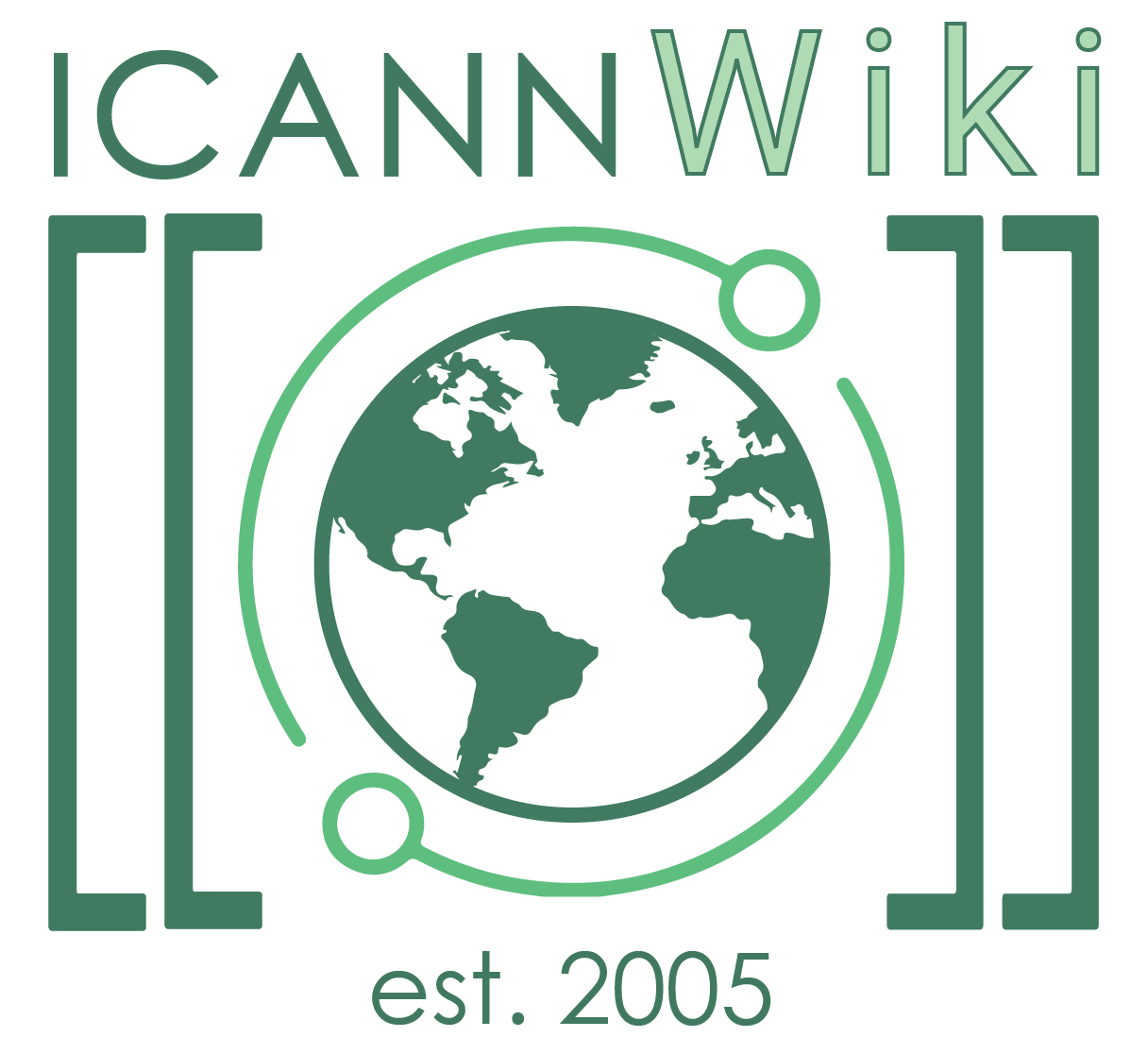Reverse Domain Name Hijacking
Reverse Domain Name Hijacking, also known as Reverse Domain Hijacking or Reverse Cybersquatting, involves attempting to use trademark protection mechanisms, such as ICANN's Uniform Domain-Name Dispute-Resolution Policy (UDRP) or the Anti-cybersquatting Consumer Protection Act (ACPA), in bad faith to acquire a domain name when the owner has legitimate rights to it.[1] Reverse domain name hijacking is usually attempted by large companies that can afford expensive legal fees.[1]
Public Perception[edit | edit source]
Reverse domain name hijacking is considered to be an abuse of UDRP and ACPA proceedings and is viewed most often as unnecessary, greedy, or ignorant.[2][3]
Outcome[edit | edit source]
The result of this practice is unnecessary legal fees and proceedings.
Historical Use[edit | edit source]
Reverse domain name hijacking developed when ICANN and legal policies developed to protect trademark owners from online infringement like cybersquatting. Reverse domain name hijacking takes advantage of these proceedings and attempts to use them in order to gain the rights to domain names that other individuals have registered in good faith.[4] According to Domain Name Wire, in 2013, "24 complainants had been found guilty of abusing the UDRP."[5]
ICANN Policy[edit | edit source]
In order to address cases of cybersquatting, ICANN instituted UDRP, which also has a reverse domain name hijacking provision.
- If a complainant in a UDRP case is found guilty of reverse domain name hijacking, there is no penalty other than officially stating that the complaint "constitutes an abuse of the administrative proceeding."[6][7]
- To see a broad overview of UDRP, read the ICANN Policy section of Cybersquatting and look to the additional resources section of the current page for more detailed information.
Legislation[edit | edit source]
Reverse domain name hijacking is addressed in the Anticybersquatting Consumer Protection Act (ACPA), which is primarily used to address claims of cybersquatting and Internet trademark violations.[4] Damages for reverse domain name hijacking claims and "injunctive relief"[8] can be awarded through civil suits.[4] Additionally, the findings of UDRP proceedings can be overturned or reversed by ACPA rulings if reverse domain name hijacking occurred.[8]
- In a case between Digimedia and GoForIt Entertainment, a judge ruled that GoForIt Entertainment attempted reverse domain name hijacking and awarded Digimedia over $100,000 in damages.[9]
Additional Resources[edit | edit source]
- View UDRP Rules
- View Reverse Domain Name Hijacking Findings
- Read an Official WIPO Panel's Reverse Domain Name Hijacking Case Decision
- For a strongly anti-reverse domain name hijacking point of view, see Hall of Shame's Reverse Domain Hijacking List
Related Articles[edit | edit source]
References[edit | edit source]
- ↑ 1.0 1.1 Reverse Domain Name Hijacking, Domain Sherpa
- ↑ Domainers are going to love and hate the QLP.com UDRP decision by Andrew Allemann (December 17, 2013), Domain Name Wire
- ↑ www.hallofshame.com
- ↑ 4.0 4.1 4.2 What is RDNH?, RDNH.com
- ↑ 2013 Top Stories: A record number of RDNH filings by Andrew Allemann (January 7, 2013), Domain Name Wire
- ↑ Rules for Uniform Domain Name Dispute Resolution Policy (the "Rules"), Internet Corporation for Assigned Names and Numbers (ICANN)
- ↑ REVERSE DOMAIN NAME HIJACKING, A DUBIOUS PRACTICE, Register.eu
- ↑ 8.0 8.1 Stick 'em Up! Self Defense Against Reverse Domain Name Hijacking by Stevan Lieberman & Debora McCormick], DN Journal
- ↑ Court Awards DigiMedia $100,000 for Reverse Domain Name Hijacking by Andrew Allemann (March 29, 2011), Domain Name Wire
ICANNWiki resources: Special Pages | Content Guide | Documentation | Development || Maintenance: Articles needing attention | Candidates for deletion || Projects: Internet & Digital Governance Library
